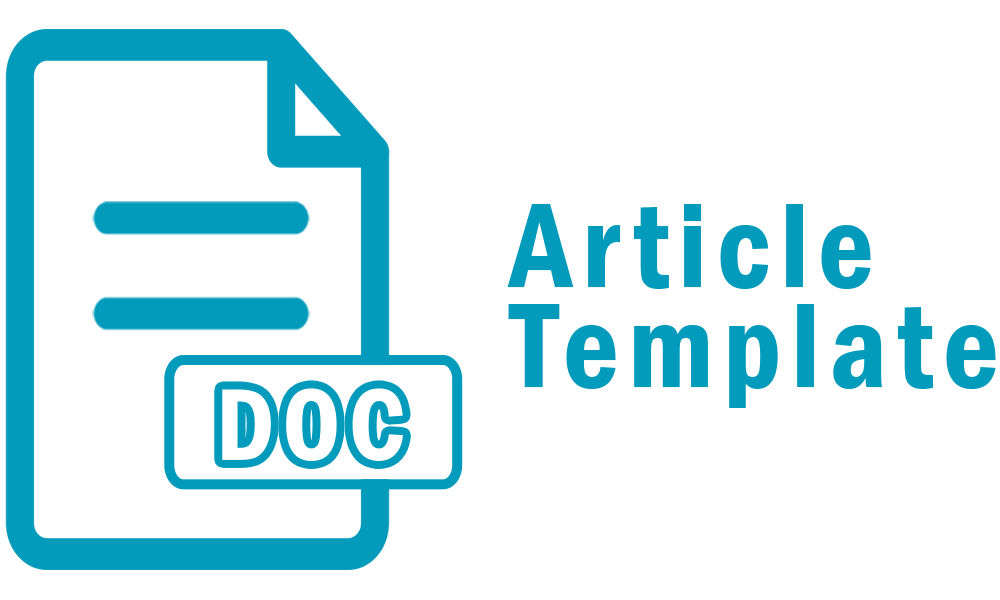STUDENTS’ NEED ON CREATIVE WRITING BASED – CHILDREN LITERATURE COURSE FOR EFL COLLEGE LEARNERS
DOI:
https://doi.org/10.35961/salee.v1i02.130Keywords:
student’s need analysis, children literature, creative writingAbstract
It is a big challenge to college language study programs in developing courses designed to equip students with the competencies that can be used to take part in the creative industries for instance creative writing. This research aims to find problems and to gather informasi needed to develop teaching-learning materials of creative writing based Children Literature course for EFL college students. This course is necessary to be developed in accordance to the need of creative writing as part of creative industry in responding the trend of world economy whish is lead to the creative industry. To develop teaching-learning materials of creative writing based Children Literature course effectively, the first research needed is to conduct students’ need analysis by using questioner. This article describes (1) students’ problems in understanding explanations of concepts and examples of Children Literature; (2) students’ responses to the importance of various topics in the course of Children Literature; (3) students problems in learning subjects of Children Literature; (4) students’ responses to the importance of diverse exercises and tasks in Children Literature; (5) students’ responses to topics related to creative writing and Children Literature; (6) students’ need to the media of learning creative writing-based Children Literature course.
References
Azarnoosh, Maryam, Mitra, Zeraatpishe, Akram, Faravani, and Hamid, Reza Kargozari. 2016. Issues in Materials Development. Melbourne: Sense Publishers.
Beck, Heather. 2012. Teaching Creative Writing. New York: Palgrave Macmillan.
Belawati, Tian. 2003. Pengembangan Bahan Ajar. Jakarta: Pusat Penerbitan Universitas Terbuka.
Bottighmier, R. B. 1998. An Important System of Its Own: Defining Children Literature.” Princeton University Chronicle, 2, 190-210.
Carr. J. 2009. Creative Industries, Creative Workers, and the Creative Economy: a Review of Selected Recent Literature. Edinburg: Queens Printers of Scottland.
Cunningworth, A. 1995. Choosing your Coursebook. Oxford: Heinemann.
Departemen Perdagangan RI. 2008. Pengembangan Ekonomi Kreatif Indonesia 2025 Rencana Pengembangan Ekonomi Kreatif Indonesia 2009-2015. Jakarta: Departemen Perdagangan.
Departemen Pendidikan Nasional. 2008. Panduan Pengembangan Bahan Ajar. Jakarta: Departemen Pendidikan Nasional.
Disher, Garry. 2001. Writing Fiction. Melbourne: McPherson’s Printing Group.
Earnshawn, Steven. 2007. The Hand Book of Creative Writing. Edinburgh: Edinburgh University Press Ltd.
Graves, Katheleen. 2000. “Developing materials”. Designing Language Course: a Guide for Teachers. Boston: Cengage Learning. pp. 149-171.
Hillman, J. 1999. Discovering Children Literature (2nd ed.). Upper Saddle River, NJ: Merrill.
Howkins, J. 2002. The Creative Economy: How People Make Money from Ideas. New York: Clay Ltd.
Howard, J. and Major, J. (2005) Guidelines for Designing Effective English Language Teaching Materials. Seoul, South Korea: PAAL9, Oct 2004. In Proceedings of the 9th 33 Conference of Pan-Pacific Association of Applied Linguistics 101-109. (Online). http://www.paaljapan.org/resources/ proceedings/PAAL9/pdf/Howard.pdf. Retrieved in 1 April 2019.
Hunt, Peter. 1999. Understanding Childrens’ Literature. London: Routledge.
Jacobs, Heidi Hayes. 2015. Curriculum 21: Essential Education for a Changing World. New York: London: Routledge.
Lesnik-Oberstein, K. 1996. Defining Children Literature and childhood. In P. Hunt (Ed.), International Companion Encyclopedia of Children Literature (pp. 17- 31). London: Routledge.
Lukens, Rebecca J. 1995. A Critical Handbook of Children Literature. New York: HarperCollins.
-------2007. Children Literature. Boston: Pearson Education, Inc.
Mbulu, J. 2004. Pengembangan Bahan Ajar. Malang: Elang Mas.
Miils, Paul. (2006). The Routledge Creative Writing Coursebook. London: Routledge.
Mishan, Freda and Ivor, Timmis. 2015. Materials Development for TESOL. Edinburgh: Edinburgh University Press.
Morley, David. 2007. The Cambridge Introduction to Creative writing. India: Cambridge University Press.
Panen, Paulina dan Purwanto. 2006. Penulisan Bahan Ajar. Jakarta: PAU-PPAI-UT.
P. May, Jill. 1995. Children Literature and Critical Theory. NewYork: Oxford University Press.
Pratowo, Andi. 2001. Jenis dan Bentuk Bentuk Sumber Belajar dan Bahan Ajar. PowerPoint Slide Shows. Yogyakarta: Program Studi Pendidikan Guru MI Fakultas Tarbiyah, UIN Sunan Kalijaga.
Tomlinson, C. M., & Lynch-Brown, C. 2002. Essentials of Children Literature. Boston:Allyn and Bacon.
Showalter, E. 2010. Teaching Literature. Singapore: Blackwell Publishing.
Sugiyono. 2013. Metode Penelitian Kuantitatif Kualititatif dan R&D. Bandung: Alfabeta.
Sujadi, 2003. Metodologi Penelitian Pendidikan. Jakarta. Rineka Cipta.
Simatupang, Togar M. 2010. Perkembangan Industri Kreatif. (Online) http://www.cs.unsyiah.ac.id/~frdaus/PenelusuranInformasi/File-Pdf/ perkembangan_ind_ kreatif.pdf. Retrieved on 12 Januari 2019.
Tomlison. 1998. (e.d.) Materials Development in Language Teaching. Cambridge:Cambridge University Press.
------------ 2012. “Materials Development for Language Learning and Teaching”. Language Teaching Cambridge Journal. Vol. 45, No. 2, pp. 143-179.
-------------2007. “Introduction: Are Materials Developing?”. In B. Tomlinson. Developing Materials for Language Teaching. pp. New York: Continuum. pp. 1-11.










